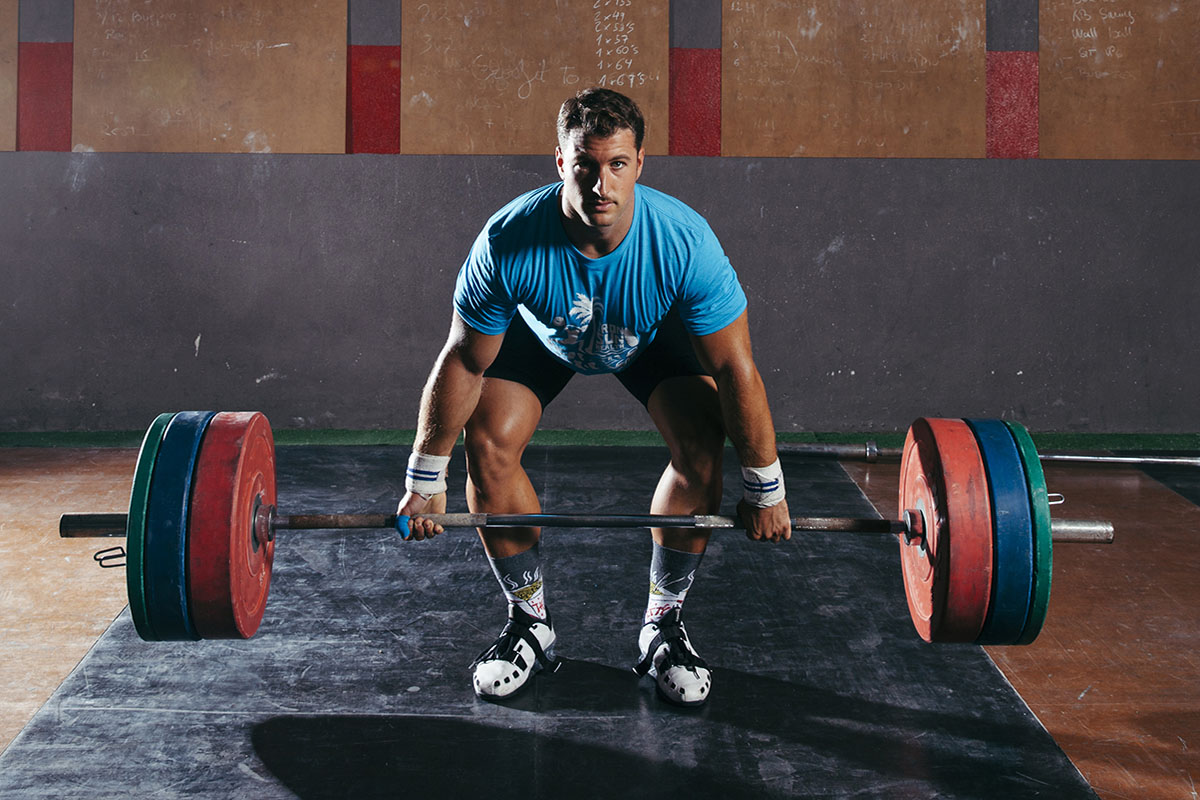

In the vast domain of fitness and athletic training, myriad methods clamour for attention. Each comes with its promise, its niche of enthusiasts, and its set of criticisms. Yet, in this diversity, the concept of a hybrid physical training program is steadily gaining traction. By merging different training philosophies, a hybrid approach seeks to harness the strengths of each, culminating in a comprehensive routine that addresses a broad spectrum of fitness goals. Whether it’s the fusion of strength and endurance, flexibility and power, or aerobic and anaerobic capacities, hybrid training creates a versatile and holistic fitness plan. As we delve into this novel approach, understanding its multifaceted advantages becomes paramount for fitness enthusiasts and athletes seeking to maximise their potential.
Adding on, hybrid training embodies the essence of Theodore Roosevelt’s “man in the arena” philosophy. It’s not just about being excellent in one domain but being adequately prepared and resilient across various challenges, both expected and unforeseen. By adopting a hybrid approach, an individual isn’t just a marathon runner or a weightlifter; they become the versatile “man in the arena,” ready to face any physical challenge thrown their way. This kind of adaptability resonates deeply in today’s unpredictable world. Just as Roosevelt emphasised the valour of the person who is actually in the fray, hybrid training celebrates the individual who trains to be competent, adaptable, and ever-prepared, ensuring they’re always “good to go” in any scenario.

Comprehensive Athletic Development: Embracing the ethos of hybrid training is akin to becoming the proverbial “jack of all trades” in the fitness realm. By merging various training methodologies, these programs ensure a holistic approach to physical conditioning. Athletes and fitness enthusiasts are not just limited to enhancing one dimension of their fitness but have the opportunity to simultaneously boost strength, flexibility, endurance, and power. This multifaceted development translates to a readiness for diverse physical challenges, equipping individuals with a robust and versatile skill set for any athletic endeavour they might face.
Reduced Injury Risk: One of the primary pitfalls of rigorous specialisation in any fitness discipline is the risk of overuse injuries. These injuries are commonly born out of the monotony of engaging the same muscle groups in the same manner, day in and day out. Diversified training, as championed by hybrid programs, introduces variability, breaking this monotonous cycle. This not only challenges the body in new and beneficial ways but also ensures that no muscle group is overly burdened while others are neglected. As a result, the body maintains a harmonious balance, reducing susceptibilities to injuries linked to muscular imbalances or repetitive strain. Furthermore, with muscles working synergistically, the body’s biomechanics improve, further fortifying against potential injuries.
Functional Fitness: At the heart of hybrid training lies an emphasis on practicality and relevance. Rather than solely focusing on isolated muscle groups or abstract exercises, hybrid training integrates movements and routines that parallel our daily tasks and activities. Whether it’s lifting, bending, pushing, or pulling, the exercises incorporated are tailored to mimic the natural motions we use every day. This alignment between training and daily function ensures that the strength, flexibility, and endurance developed in a controlled gym environment seamlessly transition into our day-to-day lives. The result? Enhanced performance not just in athletic pursuits, but also in everyday tasks, from carrying groceries to playing with children, and even in preventing injuries in unexpected situations.
Breaking Plateaus: One of the inherent challenges in consistent training is the inevitable encounter with stagnation or plateaus, where progress seems to halt despite persistent efforts. Hybrid training, with its diverse approach, serves as an antidote to this. By introducing a broad spectrum of exercises and methods, the body is continually challenged and stimulated in new ways. This dynamic approach ensures that muscles and cardiovascular systems are exposed to varying demands, thereby reducing the likelihood of adaptation and stagnation. It’s akin to offering a versatile curriculum to a keen student; by continuously introducing new subjects and challenges, the learning never stops, and growth is sustained. In the realm of fitness, this translates to ongoing improvement, keeping enthusiasts motivated and engaged in their journey.
To truly harness the benefits of hybrid training, it’s vital to ensure balance. This doesn’t simply mean an even split between different training modalities, but rather a strategic combination tailored to one’s unique needs and aspirations. Recognizing individual goals, strengths, and areas of improvement is the first step in crafting a program that optimally synergizes various disciplines. For instance, someone aiming for muscle hypertrophy might have a different balance compared to another aiming for enhanced cardiovascular endurance. Moreover, given the extensive range of exercises encompassed in hybrid training, prioritising recovery becomes paramount. Without adequate rest and recuperation, the risk of burnout or injury amplifies. As with any training approach, diving into hybrid regimes without proper guidance can be overwhelming. Thus, seeking the expertise of fitness professionals can provide invaluable insights, ensuring that one’s hybrid training journey is not only effective but also sustainable and enjoyable.
The evolution of fitness perspectives heralds the rise of hybrid training, a testament to the idea that sometimes, the whole can indeed be greater than the sum of its parts. By transcending traditional training silos and embracing a more integrated approach, hybrid training offers a path to holistic athletic development. While the journey towards optimal fitness is perennially evolving, one thing remains clear: versatility, adaptability, and a comprehensive approach, as championed by hybrid training, may well be the keystones of future fitness paradigms. As always, personal research, consultation with experts, and attentiveness to one’s body are integral to success.
Smith, J. (2018). Integrated Training for the Modern Athlete. Sports Training Journal.
Daniels, L. (2020). The Consequences of Over Specialized Training. Athletic Science Quarterly.
Martin, P., & Anderson, D. (2019). Hybrid Training: The New Frontier. Journal of Fitness Research.
Thompson, G. (2021). Injury Prevention through Diverse Training. Health and Wellness Review.
Rodriguez, N. (2020). The Science of Breaking Fitness Plateaus. Modern Training Chronicles.
Lee, H., & Kim, S. (2019). Crafting the Perfect Hybrid Training Routine. International Fitness Professionals Association Journal.
Join our community and never miss out on the latest updates and insights in physical training and personal development. By subscribing to our Spectre Performance newsletter, you’ll receive regular, curated content that keeps you informed on all things lifestyle and performance.

